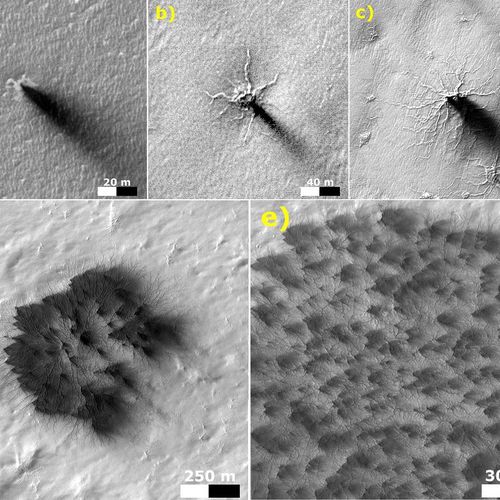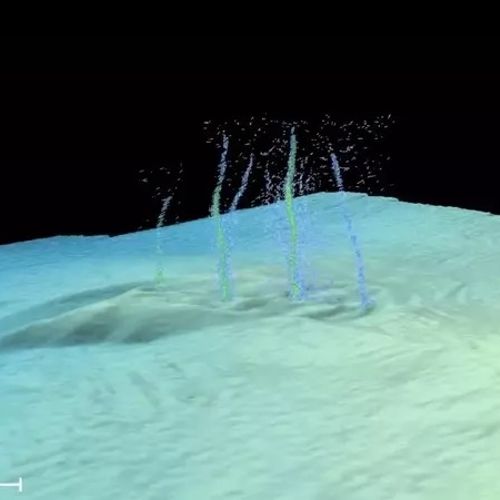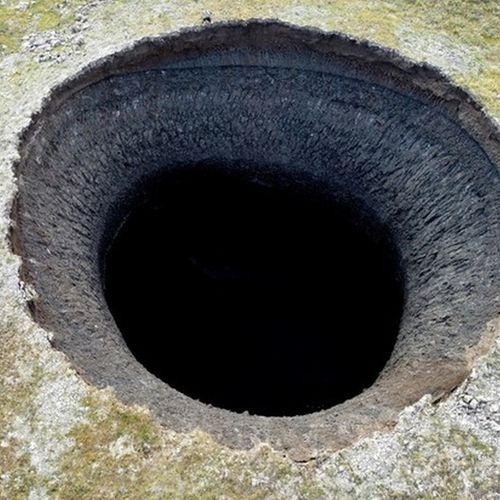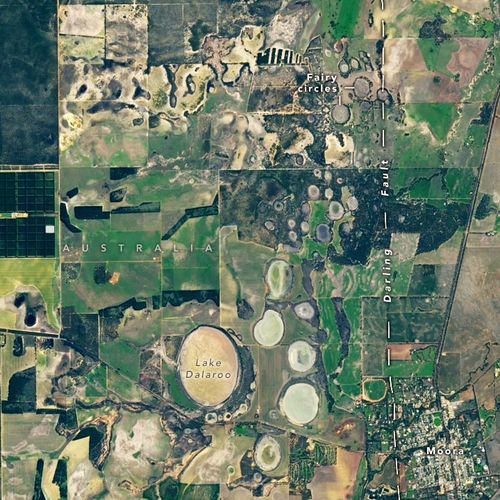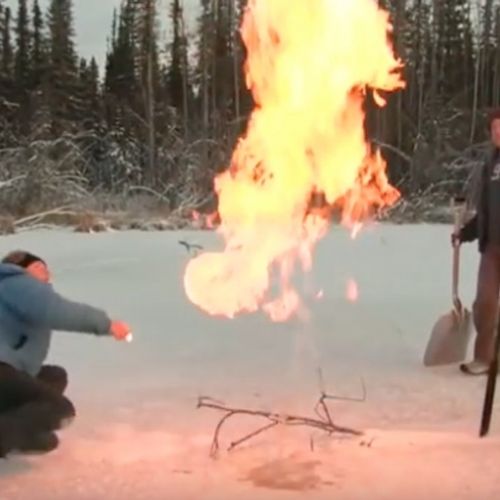
| Added | Mon, 08/10/2018 |
| Источники | |
| Дата публикации | Sun, 07/10/2018
|
| Версии |
The surface of the lake Esie lake in the North of Alaska shakes throughout the day. This Arctic lake never freezes. Standing near them, and you will hear it hiss. Watch it and you will see as it boils bubbles of ancient gas. Light a fire over it and the lake will throw out a pillar of flame above your head.
That's what made Katie Walter Anthony, an ecologist at the University of Alaska in Fairbanks, to popular video 2010. She is studying the lake Esie lake better part of a decade and recently found the cause of his strange behavior. All matter is in constant leakage of greenhouse gas methane from the ancient reservoir of permafrost deep under the tundra.
Because of rising global temperatures permafrost is thawing, and gas comes to the surface through the holes on the bottom of the lake. The average depth of the greater part of the lake is about 1 m, but the areas where the largest leak of methane bubbles have a depth of 15 m.
According to scientists, these holes on the bottom of the lake out over 2 tons of gas a day, equivalent to the emissions of 6,000 cows, which are one of the world's largest sources of methane.
The melting of Arctic permafrost is of great concern to climatologists. Inside these frozen layers of past plant life, presumably, locked millennial deposits of greenhouse gases. The growth of global temperature, permafrost begins to melt, and the gas slowly vented to atmosphere. Most scientists fear the emergence of a feedback loop: the more greenhouse gases are permafrost today, the higher the temperature, the more gases will be released tomorrow.
While many climate models focused on the effects of carbon dioxide on the melting of permafrost, methane emissions in the lakes, such as Asia lake, largely ignored. In a study of several underground Arctic lake, was published on August 15 in the journal Nature Communications, Walter Anthony and her colleagues reported that lakes with oozing of these, methane may double previous estimates of the warming due to the melting of permafrost.
According to a study 2014 conducted by the National data center for snow and ice in Colorado, the carbon released by thawing permafrost could increase global warming by approximately 8 %, that is 0.3 °C in addition to the predicted 4-5 °C by 2100. If the Arctic emissions of methane are as predicted by the authors of the new study, this increase in temperature can occur very soon.
Translated by «Yandex.Translator»
Новости со схожими версиями
Log in or register to post comments



